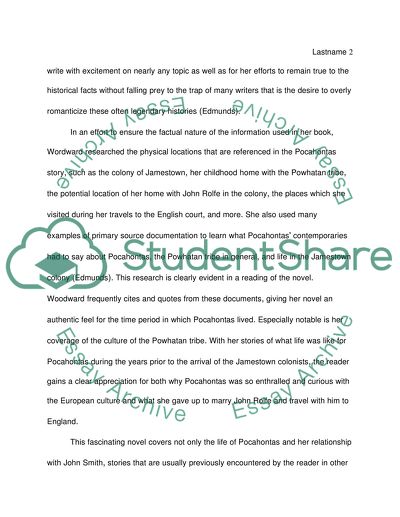Cite this document
(“Pocahontas - Native American Studies Book Report/Review”, n.d.)
Retrieved from https://studentshare.org/other/1426922-pocahontas-native-american-studies
Retrieved from https://studentshare.org/other/1426922-pocahontas-native-american-studies
(Pocahontas - Native American Studies Book Report/Review)
https://studentshare.org/other/1426922-pocahontas-native-american-studies.
https://studentshare.org/other/1426922-pocahontas-native-american-studies.
“Pocahontas - Native American Studies Book Report/Review”, n.d. https://studentshare.org/other/1426922-pocahontas-native-american-studies.


